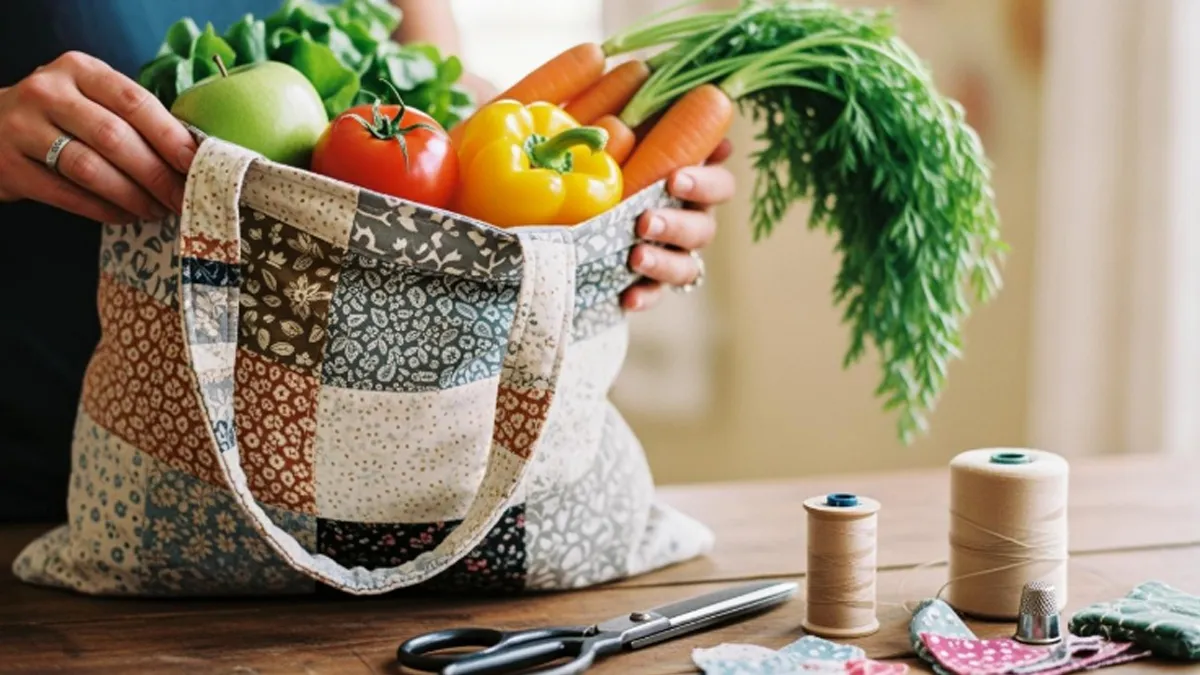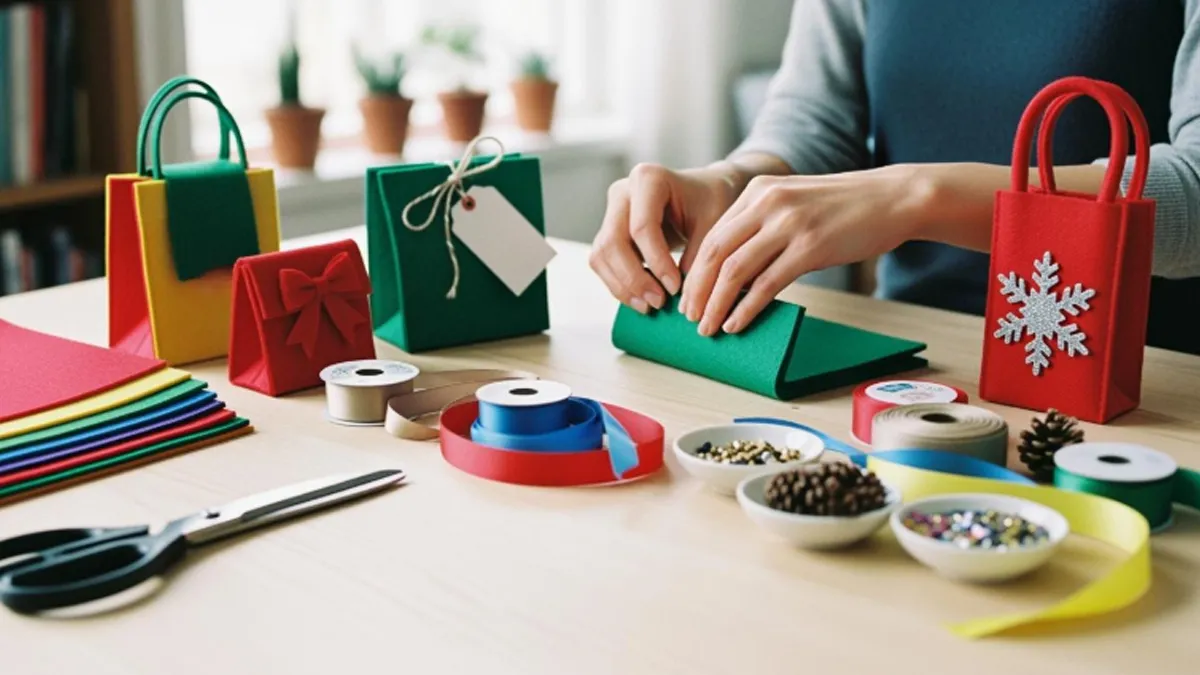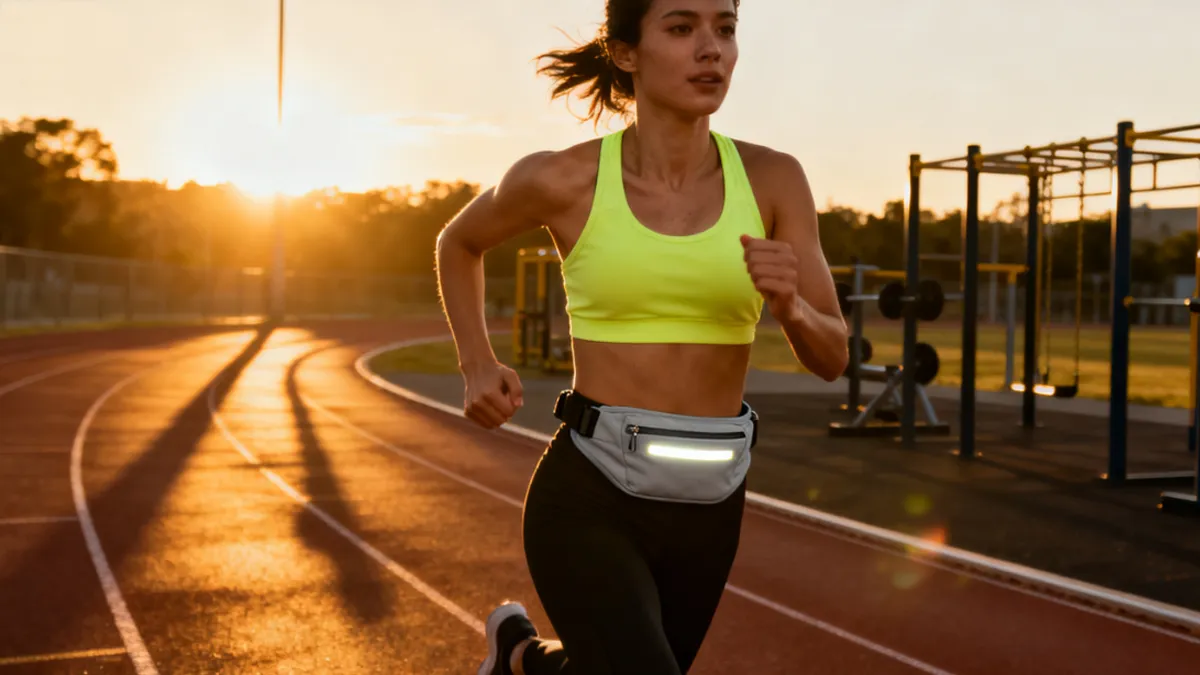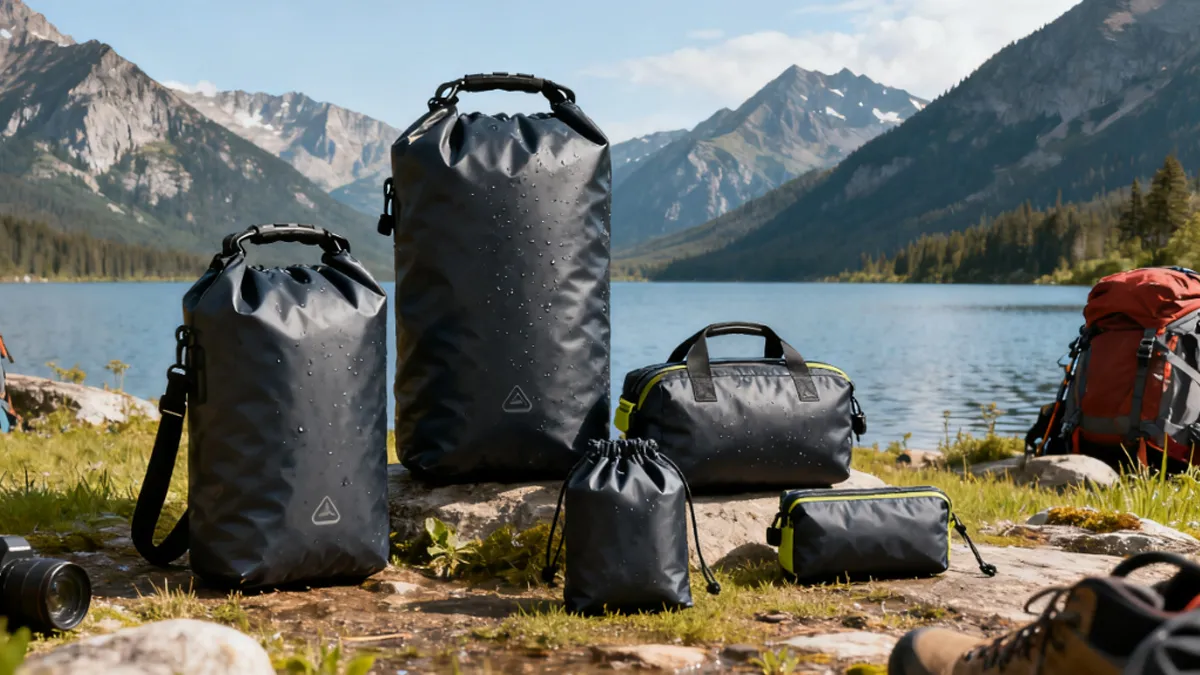
Picture yourself packing for a kayak trip or a city commute. You grab your gear and wonder, “What size waterproof bag do I need?” Here’s a quick tip:
| Bag Size (Liters) | Best For |
|---|---|
| 2–5L | Keys, phone, wallet |
| 10–20L | Day hike or kayaking basics |
| 30–40L | Overnight or bulky gear |
| 50–90L | Family or group outings |
Choosing the right size keeps your essentials dry and organized. The importance of dry bags shows up in activities like:
- Kayaking
- Hiking
- Boating
- Urban commuting
Think about how much gear you have, how long your trip lasts, and how you like to pack. Waterproof bag sizes matter for every adventure.
Key Takeaways
- Choose the right waterproof bag size based on your trip length and gear. Smaller bags (2-5L) are great for essentials, while larger bags (50-90L) suit family outings.
- Always assess your gear volume before selecting a bag. List your items and measure their size to avoid overpacking or underpacking.
- Consider the type of activity when choosing a bag. Water sports often require smaller, lighter bags, while camping may need larger ones for bulky gear.
- Leave extra space in your bag for wet gear or last-minute items. This ensures your bag closes properly and keeps your gear dry.
- Use multiple smaller bags for better organization. This helps you find items quickly and keeps wet and dry gear separate.
- Pack heavy items at the bottom of your bag for stability. This makes carrying easier and keeps your bag balanced.
- Check the waterproof rating of your bag. A higher rating means better protection against water damage for your gear.
- Test your packed bag at home to ensure comfort. Adjust the weight and contents to avoid a heavy load during your trip.
Waterproof Bag Sizes Overview
Waterproof Bag Size Chart
When you look at waterproof bag sizes, you’ll see a wide range. Each size fits a different need. Here’s a handy chart to help you match your trip with the right bag:
| Size (Liters) | Typical Use Description |
|---|---|
| 2 | Small items like wallets, keys, and cell phones |
| 5 | Camping gear, small stove, or a larger camera |
| 10 | Overnight clothes, windbreaker, or extra layers |
| 20 | Day trip gear, can be rolled down for less space |
| 30 | Sleeping bag, similar to a small school backpack |
| 40 | Bulky gear or extra clothing for longer trips |
| 50 | Family picnic, group gear, or multi-day adventure |
| 70 | Extended trips, group camping, or expedition supplies |
| 90 | Large group outings, family camping, or lots of equipment |
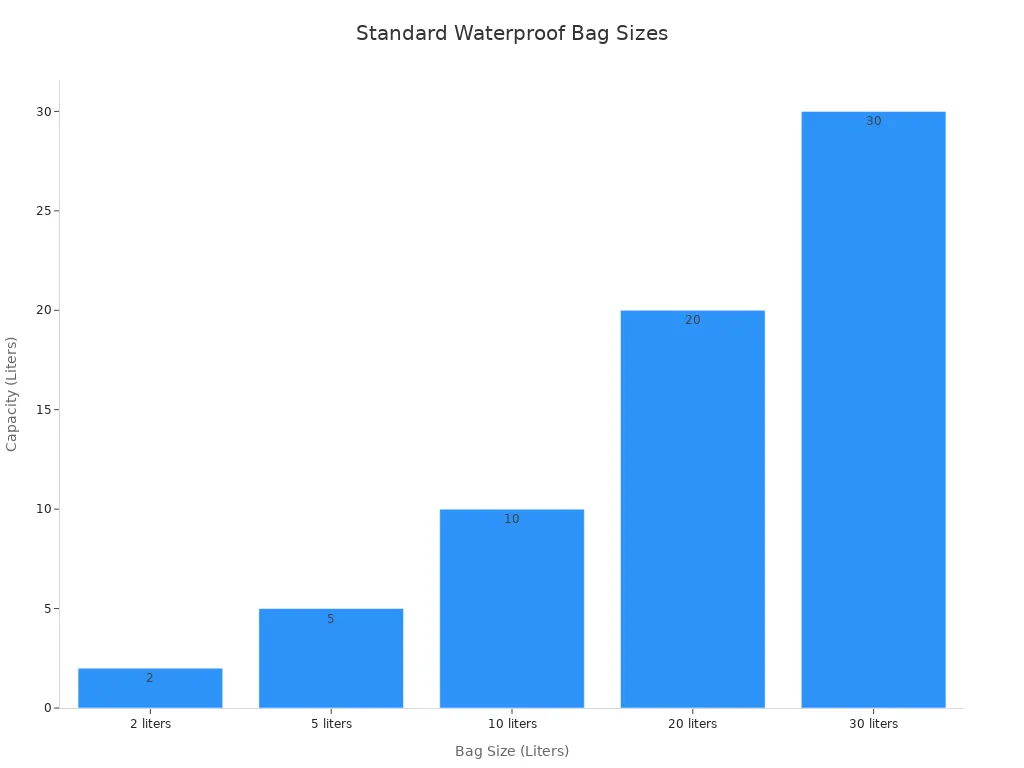
You can see that as the liter number goes up, so does the amount of gear you can carry. For example, a 2-liter bag keeps your phone and keys dry on a paddleboard. A 30-liter bag holds a sleeping bag and some clothes for an overnight hike. If you plan a family camping trip, a 70-liter or 90-liter bag gives you room for everyone’s gear.
Volume and Capacity Explained
Let’s talk about what “liter size” really means. The liter is a unit that measures volume. In waterproof bag sizes, it tells you how much space you have inside the bag. Think of it like this: a 1-liter water bottle fills up a 1-liter dry bag. If you have a 10-liter bag, you could fit ten of those bottles inside (if the shape allowed).
Here’s how different capacities work for common trips:
- 0–10 liters: Great for short hikes, runs, or when you only need to carry snacks, a phone, and a rain jacket.
- 10–30 liters: Perfect for day hikes with food, water, and extra layers.
- 30–50 liters: Good for weekend trips with sleeping gear and cooking supplies.
- 50–70 liters: Best for multi-day backpacking with lots of clothing and gear.
- 70+ liters: Needed for long wilderness trips or when you carry heavy equipment.
Tip: Always leave a little extra space in your bag. You might need to pack wet gear or squeeze in a last-minute item.
When you choose between dry bag sizes, think about what you want to carry and how long you’ll be out. Matching your bag’s capacity to your adventure keeps your gear safe and your trip stress-free.
Choosing the Right Size Waterproof Dry Bag
Assessing Your Gear Volume
Before you pick a waterproof dry bag, you need to know how much gear you want to carry. This step helps you avoid bags that are too small or way too big. Here’s a simple way to calculate the volume you need:
- List Your Gear: Write down everything you plan to bring. Include clothes, towels, snacks, electronics, and any other essentials.
- Measure Volume: For items like bottles or pouches, check their size or measure them. For loose items like clothes, estimate how much space they take up when packed.
- Add a Buffer: Always add an extra 5-10 liters. This extra space helps with the roll-down closure and gives you room for last-minute items.
Some outdoor experts use special tricks to get the most accurate number. You can fill your current backpack with water using a measuring jug to see how many liters it holds. Another way is to fill your bag with soft items, then weigh them to estimate the volume. You can also measure the length, width, and depth of your main compartment and convert that to liters.
Tip: Don’t forget to leave space for the roll-top closure. If you pack your bag too full, you won’t be able to seal it properly.
Matching Bag Size to Activity
Different adventures call for different waterproof bag sizes. The right size depends on what you plan to do. Here’s a quick look at what works best for popular activities:
| Activity Type | Recommended Bag Size | Notes |
|---|---|---|
| Kayaking/Boating | 3-10L | Great for day trips. Easy to clip to your kayak or paddleboard. |
| Canoeing/Boating | Heavier fabric bags | Choose these when weight is less important. Durability matters most. |
| Long-haul trips | Large bags | Use one big bag for group gear and a smaller one for personal essentials. |
If you love hiking or backpacking, your needs change based on the trip. Here’s a chart to help you choose:
| Bag Size | Use | Best For |
|---|---|---|
| 2-Liter | Small items like wallets, keys, and phones. | Day hikes and short trips |
| 5-Liter | Snacks, first aid kit, or extra clothing. | Day trips and short backpacking excursions |
| 10-Liter | Change of clothes, lightweight jacket, or sleeping bag. | Short weekend trips or multi-day hikes |
| 20-Liter | Sleeping bag, clothes, or a small tent. | Longer trips needing more gear |
| 30-Liter and Larger | Sleeping bags, cooking supplies, and clothing for extended adventures. | Extended backpacking trips |
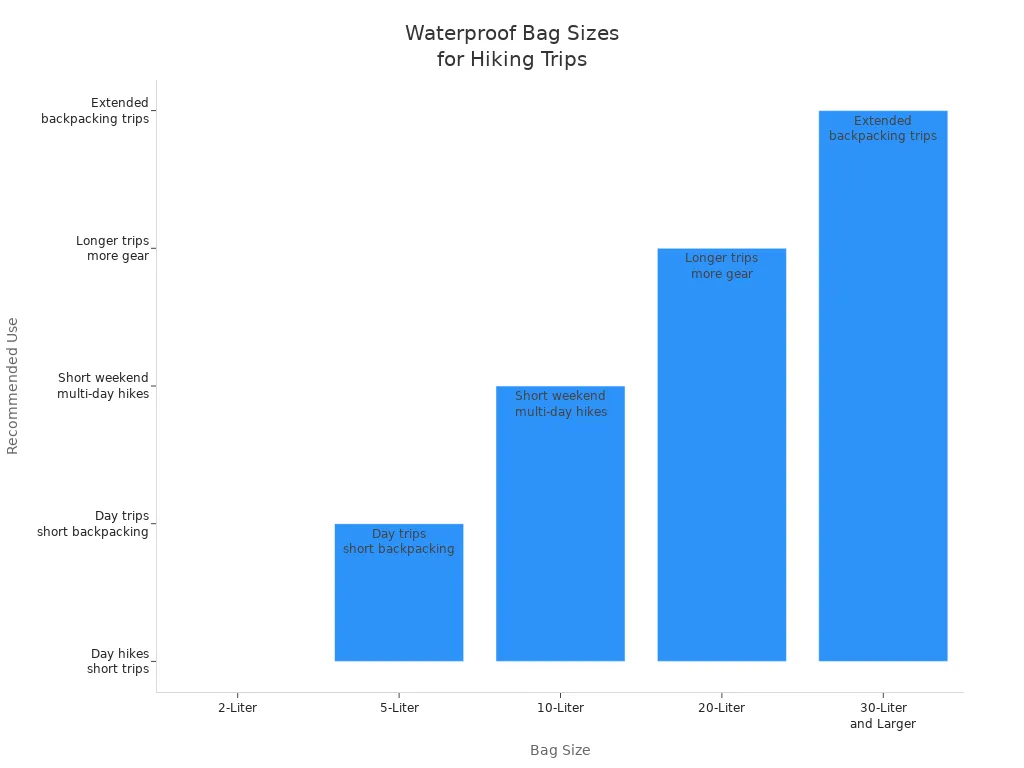
When choosing a dry bag, think about your activity. Water sports need smaller, easy-to-carry bags. Backpacking or camping often needs bigger bags for bulky gear. Roll-top dry bags work well for most outdoor activities because they seal tightly and keep water out.
Considering Trip Duration
How long you plan to be out makes a big difference in choosing the right size. A short day trip needs less space than a weekend or week-long adventure. Here’s a table to help you match trip length with the best waterproof dry bag size:
| Activity Type | Trip Duration | Recommended Bag Size |
|---|---|---|
| Kayaking or Canoeing | Day trip | 20-30 liters |
| Weekend excursion | 50 liters or larger | |
| Hiking or Backpacking | Day hike | 5-15 liters |
| Multi-day hike | 20+ liters | |
| Camping | Varies | 30-70 liters |
If you’re packing for a day hike, a 5- to 15-liter bag usually does the trick. For a multi-day backpacking trip, you’ll want at least 20 liters. Family camping trips or group outings might need bags as big as 70 liters. Always consider the key features of dry bags, like straps and handles, to make carrying easier.
Note: The right size waterproof dry bag keeps your gear dry, organized, and easy to carry. Think about your activity, trip length, and how much you need to pack. This way, you’ll always pick the best bag for your adventure.
Weight and Packing Method
Weight matters a lot when you pick a waterproof dry bag. You want to keep your load light, but you also need enough space for your gear. If you pack too much, your bag gets heavy and hard to carry. If you pack too little, you might not have what you need. The trick is to find the right balance.
Think about how you plan to carry your bag. Will you toss it in a kayak, strap it to your backpack, or carry it by hand? Each method changes how much weight feels comfortable. For example, a 10-liter bag packed with clothes feels light on your back. A 40-liter bag full of wet gear can feel heavy fast.
Here are some tips to help you pack smart and keep your bag easy to handle:
- Pack heavy items at the bottom. This keeps your bag stable and easier to carry.
- Use smaller bags for organization. You can split your gear into a few roll-top dry bags instead of stuffing everything into one big bag.
- Leave some space at the top. Most bags need room for the roll-down closure. Overfilling makes it hard to seal and can let water in.
- Check the weight before you leave. Lift your packed bag and see if it feels comfortable. If it’s too heavy, remove something or use a second bag.
Tip: Wet gear weighs more than dry gear. If you expect rain or water, plan for extra weight.
Packing style also affects your choice. Some people like to use packing cubes or stuff sacks inside their waterproof dry bag. Others prefer to roll clothes tightly to save space. No matter your style, always look for the key features of dry bags, like strong seams and easy-to-use closures. These features help keep your gear safe and make packing simpler.
If you travel with a group, you can share the load. Give everyone a smaller bag instead of one person carrying a huge one. This makes hiking or paddling more fun for everyone.
Here’s a quick table to help you match packing method with bag size and weight:
| Packing Method | Best Bag Size | Weight Tip |
|---|---|---|
| Minimalist (just essentials) | 2–10 liters | Stays light and easy to carry |
| Layered (clothes, food, extras) | 20–30 liters | Watch the weight as you add items |
| Family or group (shared gear) | 40–70 liters | Split gear to avoid heavy loads |
Remember, roll-top dry bags work best when you don’t overfill them. Leave enough space to roll down the top at least three times. This keeps water out and makes the bag easier to carry.
Choosing the right weight and packing method helps you enjoy your trip without sore shoulders or wet gear. Test your packed bag at home before you head out. You’ll thank yourself later!
Waterproof Bag Sizes for Every Activity
Water Sports
You want your gear dry and safe on the water. The right waterproof bag size helps a lot. For water sports, keep things simple and light. A 5-liter dry tube bag is good for your phone, wallet, and snacks. It floats if you drop it in water. If you need more space, use a 20-liter classic waterproof backpack. It fits towels, clothes, and sunscreen. For big trips, a 60-liter duffel bag holds wetsuits, shoes, and extra gear.
Here’s a quick look at popular choices:
| Bag Type | Size (Liters) | Gear Accommodation |
|---|---|---|
| Classic Waterproof Backpack | 20 | Water sports gear, protects against water, sand, dirt, and dust. |
| Classic Waterproof Duffel Bag | 60 | Large internal wet/dry pocket, ideal for carrying multiple items. |
| Waterproof Dry Tube Bag | 5 | Perfect for small items, floats when dropped in water. |
| Waterproof Kayak / SUP Deck Bag | 20 | Designed for kayaks and SUPs, handles rapid water conditions. |
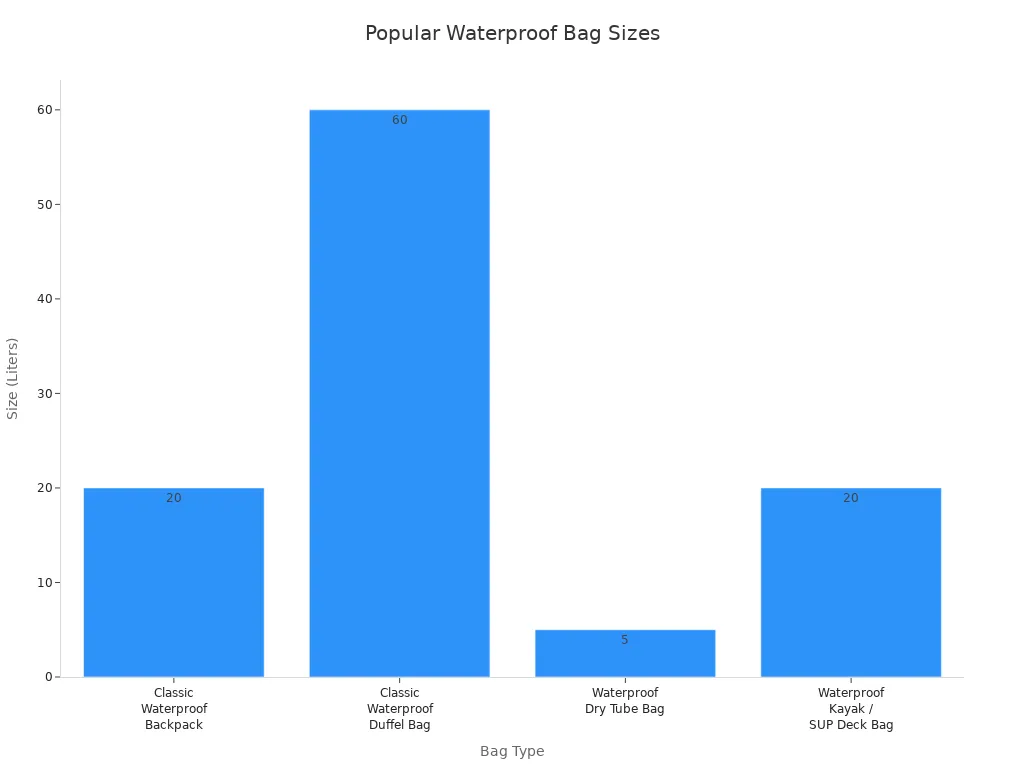
Tip: Always check the waterproof rating before you buy. You want the best waterproofness to keep your things safe.
Hiking and Backpacking
Hiking and backpacking need a different plan. You want to carry less but still protect your stuff. Small waterproof dry bags (2–5 liters) are great for electronics, toiletries, or a first-aid kit. For clothes or a light sleeping bag, pick a 6–10 liter bag. If you pack a down jacket or bigger food, use an 11–20 liter bag. For large sleeping bags or lining your backpack, choose a bag over 20 liters.
- 2–5L: Small things like electronics, toiletries, or first-aid kits.
- 6–10L: Clothes or light sleeping bags.
- 11–20L: Down jackets or bigger food supplies.
- 20L+: Large sleeping bags or lining a backpack.
Some people like the Sea to Summit Ultra-Sil Dry because it is light and keeps things dry. Some hikers use the Hyperlite Mountain Gear Roll Top for weather resistance. Others pick the Osprey Ultralight Dry Sack because it is easy to pack.
Remember: The best waterproof dry bag for hiking keeps your gear dry and does not add much weight.
Travel and Commuting
Travel and commuting have their own needs. You want to keep your laptop, papers, and maybe clothes safe. An urban waterproof backpack with 20 liters has a laptop pocket and weatherproof zippers. If you ride a bike, a 17-liter waterproof pannier keeps your things dry from rain and road spray. For longer trips, a 40-liter duffel bag with padded straps is easy to carry.
| Bag Type | Size (Liters) | Features |
|---|---|---|
| Urban Waterproof Backpack | 20 | Quick laptop pocket, weatherproof zipper, eco-friendly material. |
| Classic Waterproof Bike Pannier | 17 | Strong PVC tarpaulin, easy to clean, fully protected from weather. |
| Classic Waterproof Duffel Bag | 40 | Padded straps, shoulder strap, good for travel. |
If you carry electronics, always check the waterproof rating and pick a bag with the best waterproofness.
Picking the right dry bag size for each activity keeps your gear safe and neat. You can enjoy your trip without worrying about water damage.
Photography and Electronics
You want to keep your camera and electronics safe from water, dust, and bumps. Picking the right waterproof bag size makes a big difference. If you carry a small camera or just a phone, a 2- to 5-liter dry bag works well. You can slip it into your backpack or clip it to your belt. For a DSLR camera, extra lenses, or a drone, you need more space. A 10- to 20-liter waterproof bag gives you room for padded cases and accessories.
When you choose a waterproof bag for electronics, pay attention to a few key things:
- Material: Look for tough, flexible fabric. It should resist tears and keep water out.
- Waterproof Rating: Check if the bag can handle heavy rain or even a dunk in water. A high rating means better protection.
- Closure System: Pick a bag with a strong roll-top or zipper. This keeps water from sneaking in.
- Weight and Portability: You want a bag that feels light and easy to carry, especially if you hike or travel far.
Let’s say you plan a day at the lake with your camera and phone. A 5-liter dry bag keeps your gear dry and easy to grab. If you hike with a camera, a 10-liter bag fits your camera, extra batteries, and snacks. For a photo shoot in the mountains, a 20-liter bag lets you pack a drone, tripod, and rain jacket.
Tip: Always use padded cases inside your waterproof bag. This adds extra protection against bumps and drops.
Family and Group Outings
Packing for a family or group trip means you need more space. You want a waterproof bag that holds everyone’s gear and keeps it dry. Medium and large bags work best for these adventures. Duffel bags between 50 and 75 liters give you plenty of room for clothes, towels, snacks, and games. They are easy to carry and not too heavy.
Here’s a quick table to help you pick the right size:
| Size Category | Volume Range | Description |
|---|---|---|
| Small | 25 to 50 liters | Good for solo travelers or light loads. |
| Medium | 50 to 75 liters | Great for family trips, fits shared gear. |
| Large | 75+ liters | Best for long trips or big groups, holds bulky equipment. |
If you plan a weekend camping trip with your family, a 60-liter duffel bag can fit sleeping bags, food, and extra clothes. For a group hike, split gear into two medium bags so everyone can help carry. On longer vacations, a large waterproof bag over 75 liters makes packing easy. You can fit tents, boots, and even sports equipment.
Medium-sized duffel bags are very versatile. You can use them for road trips, beach days, or group adventures. They hold a lot but are still easy to move. Large bags work best when you have bulky gear or travel with many people.
Note: Always check the weight before you leave. Make sure everyone can carry their share. This keeps the trip fun and stress-free.
Packing Tips for Waterproof Dry Bags
Maximizing Space
You want to fit as much as possible in your waterproof dry bag without making it bulky or hard to close. Try these simple tricks to make the most of your space:
- Roll your clothes instead of folding them. Rolled clothes take up less room and help you see everything inside.
- Use packing cubes or smaller stuff sacks. These keep your gear organized and let you stack items neatly.
- Place heavier items at the bottom and lighter ones on top. This keeps your bag balanced and easier to carry.
- Pack the least used items first. Put things you won’t need until later at the bottom, then layer up to the items you’ll grab often.
- Start with soft, least used items at the bottom. This helps prevent sharp objects from poking through the bag.
- If your dry bag has a built-in valve, squeeze out extra air before sealing. This makes your bag more compact.
- Pad the bottom with an extra shirt or towel. This adds protection and uses space that might otherwise go empty.
Tip: Leave a little space at the top so you can roll down the closure tightly. This keeps water out and makes the bag easier to seal.
Organizing Gear
Keeping your gear organized inside your waterproof bag saves you time and protects your stuff. You don’t want to dig around for your phone or snacks when you’re on the trail or water. Here’s how you can organize your gear:
- Use smaller bags or pouches for important items. Put electronics in a ziplock or dry pouch for extra protection.
- Distribute weight evenly. Place heavier items at the bottom so your bag stays stable.
- Leave some space in the bag. If you drop it in water, it will float and keep your gear safe.
- Organize items by priority. Put things you use often at the top for quick access.
Using stuff sacks for camp layers and a waterproof compression sack for your sleeping bag keeps everything dry and easy to find. You can grab what you need without unpacking the whole bag.
Note: Organizing your gear helps you stay prepared and keeps your essentials protected from water and bumps.
Using Multiple Bags
Sometimes, using several smaller waterproof bags works better than one big bag. You can sort your gear and find things faster. Here’s a quick look at the advantages:
| Advantage | Description |
|---|---|
| Better Organization | Smaller bags help keep gear sorted and easy to find. |
| Ease of Access | Items can be retrieved quickly without rummaging through a large bag. |
| Separation of Gear Types | Different bags can be used for wet and dry items, enhancing packing efficiency. |
If you’re traveling with friends or family, give everyone their own bag for personal items. Use one bag for wet clothes and another for dry gear. This keeps everything neat and makes packing and unpacking much easier.
Pro tip: Color-code your bags or label them. You’ll know exactly where your gear is, even in a hurry.
Common Mistakes When Choosing Bag Size
Choosing the right waterproof bag size can feel tricky. Many people make the same mistakes. If you know what to watch out for, you can avoid soggy gear and heavy loads.
Overpacking or Underpacking
You might think bigger is always better, but that’s not true with waterproof bags. If you pick a bag that’s too big, your gear can shift around. This makes the bag hard to carry and can even damage your stuff. If you choose a bag that’s too small, you’ll end up cramming things in. The bag may not close right, and water can sneak in.
- Overpacking makes your bag heavy and tough to seal.
- Underpacking wastes space and can make your gear bounce around.
- Always leave a little room at the top for the roll-down closure.
Tip: Pack only what you need. Test your packed bag at home before your trip.
Ignoring Bag Shape and Closure
Not all waterproof bags have the same shape or closure. Some are tall and skinny. Others are short and wide. If you ignore the shape, you might find your sleeping bag or jacket doesn’t fit well. The closure matters, too. Roll-top bags need space to roll down tight. Zipper bags close fast but may not be as waterproof if overstuffed.
- Check if your gear fits the bag’s shape.
- Make sure you can close the bag fully.
- Don’t fill the bag so much that you can’t roll or zip it shut.
Note: The closure is what keeps water out. If you can’t seal it, your gear isn’t safe.
Not Allowing for Wet Gear
Outdoor trips often mean wet clothes or muddy shoes. If you forget to plan for this, you might end up mixing wet and dry items. This can cause messes and bad smells. You should always allow extra space or bring a separate dry bag for wet gear.
- Keep wet clothes in a different bag from clean items.
- This stops dirt and odors from spreading.
- Your clean gear stays fresh and dry.
Pro tip: One of the most important factors to consider is how you’ll handle wet gear. A little planning keeps everything organized and clean.
If you avoid these common mistakes, your waterproof bag will work better for every adventure.
Checklist for Choosing the Right Size
Quick Questions to Decide
You want to pick the right waterproof bag size, but where do you start? Ask yourself a few simple questions before you pack. These questions help you figure out what you really need and avoid carrying too much or too little.
- How long is your trip?
Short trips usually need only a small bag. If you plan a weekend or longer, you might need a bigger one. - What kind of gear are you bringing?
Bulky items like sleeping bags or boots take up more space than snacks or a phone. - How do you like to pack?
Some people use one big bag for everything. Others prefer several smaller bags to keep things organized. - Will you need to separate wet and dry items?
If you expect rain or water, you may want an extra bag for wet clothes or shoes. - How will you carry your bag?
Think about whether you will strap it to a kayak, toss it in a backpack, or carry it by hand.
Tip: Write down your answers. This makes it easier to see what size fits your trip best.
Final Size Selection Guide
Now that you have your answers, use this simple table to match your needs with the right bag size. Outdoor experts recommend starting with what you plan to carry, then picking the size that fits your gear.
| Size | Ideal For | Example Items |
|---|---|---|
| 5L | Small Items | Keys, wallet, phone |
| 10L | Day Trip Gear | Light jacket, book, snacks |
| 20L | Overnight Gear | Change of clothes, towel, shoes |
| 30L+ | Multi-Day Gear | Sleeping bag, food, large equipment |
If you only need to keep your phone and wallet dry, a 5-liter bag works great. For a day hike, a 10-liter bag fits your jacket and snacks. Overnight trips call for a 20-liter bag, which holds clothes and shoes. If you plan a long adventure or carry bulky gear, go for a 30-liter or larger bag.
Remember: It’s better to have a little extra space than not enough. You can always roll down a bag to make it smaller, but you can’t stretch it to fit more.
Use this checklist every time you pack. You’ll save time, keep your gear dry, and enjoy your trip without worry.
Conclusion
When you pick the right waterproof bag size, your trip gets easier. Use the checklist before you start packing. The right size keeps your things dry and neat. It also makes your bag simple to carry. Here’s a quick guide with expert choices:
| Activity Type | Recommended Size Range | Typical Storage Needs |
|---|---|---|
| Daily Commute / City Use | 10 – 20 L | Laptop, documents, lunchbox, charger |
| Beach / Gym / Day Trip | 15 – 25 L | Towels, extra clothes, cosmetics |
| Cycling / Hiking / Kayaking | 20 – 30 L | Change of clothes, snacks, gadgets |
| Camping / Outdoor Travel | 40 – 60 L | Multiple clothing sets, sleeping liner |
| Marine / Industrial / Expedition | 70 – 120 L | Protective gear, tools, large equipment |
Always allow about 20% more space for items with unique or irregular shapes. If you’re looking for custom-made bags or planning to order in bulk, our team — as a professional bag manufacturer — is ready to help. Contact us by email, through our form, or on WhatsApp to discuss your custom design, wholesale, OEM, or ODM needs.
FAQ
What size waterproof bag should I use for a day hike?
You can use a 10- to 20-liter bag for a day hike. This size fits snacks, a jacket, and your phone. It keeps your gear dry and easy to carry.
Can I use one big waterproof bag for all my gear?
You can, but using several smaller bags helps you organize better. You find things faster and keep wet and dry items separate. Try color-coding your bags for quick access.
How do I know if my bag is truly waterproof?
Check the bag’s waterproof rating. Look for roll-top closures and welded seams. If you see “IPX6” or higher, your bag can handle heavy rain and splashes.
Will a waterproof bag float if I drop it in water?
Most waterproof bags float if you leave some air inside before sealing. Always test your bag at home first. Heavy gear may cause it to sink.
Can I use a waterproof bag for electronics?
Yes! Use a small dry bag for your phone or camera. Add a padded case for extra protection. Always seal the bag tightly to keep water out.
How do I clean and store my waterproof bag?
Wipe your bag with a damp cloth after each trip. Let it dry fully before storing. Keep it in a cool, dry place away from sunlight.
What if my gear is still wet when I pack up?
Pack wet items in a separate waterproof bag. This keeps your dry gear safe. You can also use mesh bags for damp clothes to help them air out.


